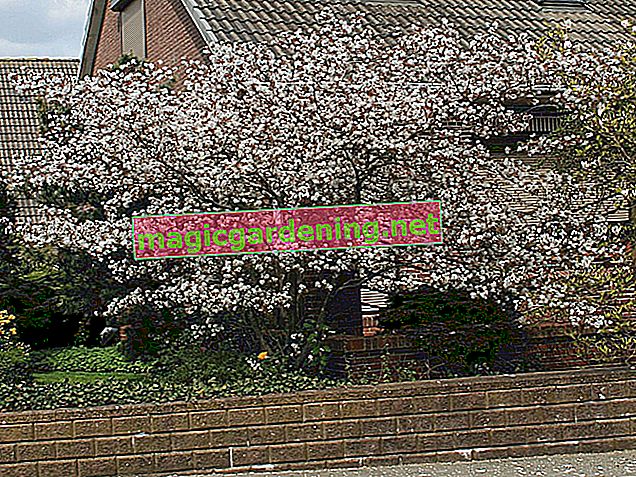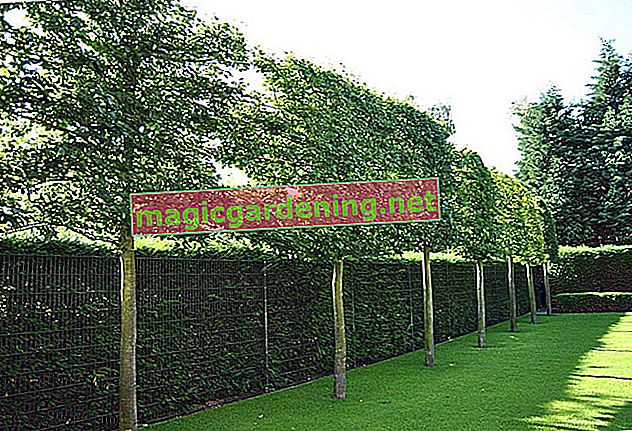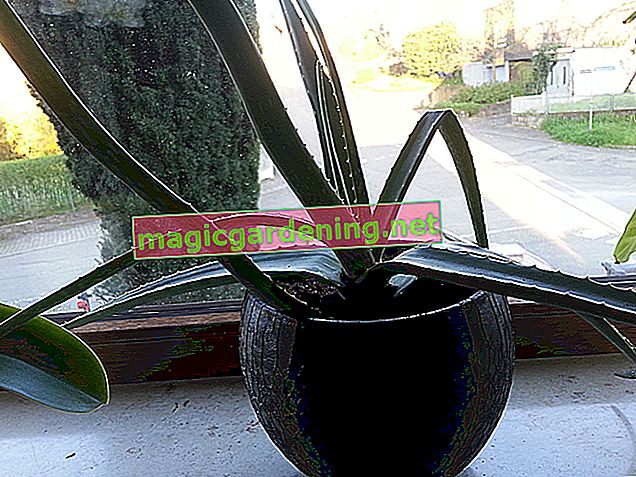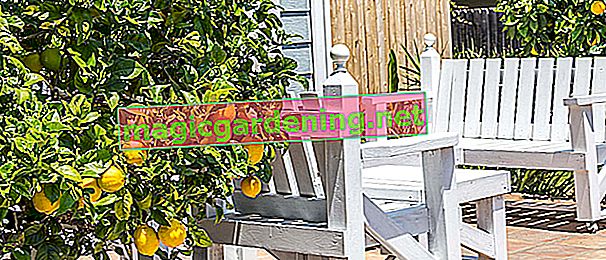
Flowers in the raised bed: ideal temporary use
A former, meanwhile largely rotted raised vegetable bed is perfect for accommodating typical meadow flowers such as poppies, cornflowers, corn wheels, delphinium, chamomile, dyer's chamomile and marguerite. They thrive much better in nutrient-poor, loose soil than, for example, in a meadow. You don't have to re-layer the raised bed before sowing; instead, you just fill in a lean substrate. With a bit of luck, unexpected surprise guests such as mullein, evening primrose or wild cardoon will join in with the arrival of seeds. You can let the wildflower bed emerge anew every year - the above-mentioned annuals seed themselves - or you can simply reactivate the raised bed again for growing vegetables if necessary.
also read
- Plant raised beds in the 1st year
- Can you just fill a raised bed with soil?
- Plant raised beds in spring
Green manure with summer flowers
Marigolds, lupins, bee friends, sunflowers, mallow and clover are included in many green manure mixtures, with which you can cover your raised bed in between and thus ensure a replenishment with fresh nutrients. The lush flowers will delight your eyes over the summer, and after they have faded, simply let the plants rot over the winter.
Suitable types for low-maintenance raised beds
Various summer flowers from the bedding and balcony plant range, such as lobelia, summer sage, beard thread, spider flowers, zinnias, snapdragons, elf mirrors, nasturtiums or cap sunflowers can also be cultivated on a raised bed, but require a little more attention than the wildflowers already described. During the summer months you should regularly feed these flowers with suitable liquid fertilizers.
Colorful signs of spring in the raised bed
If you plant the bulbs of tulips, daffodils, bluestars, grape hyacinths and other spring flowers in August or September, you can look forward to a wonderful sea of flowers in the following spring. When the onion flowers turn their first soft green in March, it is best to add gold lacquer, colorful primroses, forget-me-nots, bespoke lovers, horned violets and pansies. When the spring-like splendor is over, the onions can stay in the bed. On the other hand, withered pansies and Co. are removed and replaced with annual summer flowers.
Tips
If you cultivate the spring flowers as a preculture in the raised vegetable bed, you should also remove the flower bulbs after they have faded and store them in a dry box until the end of summer. Then plant the vegetables you want.








